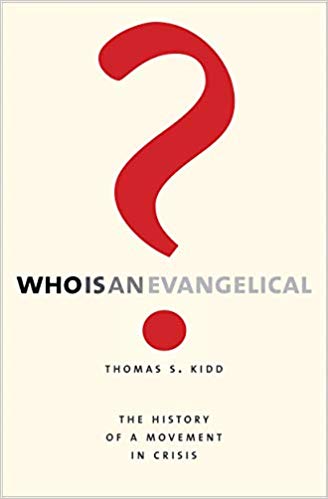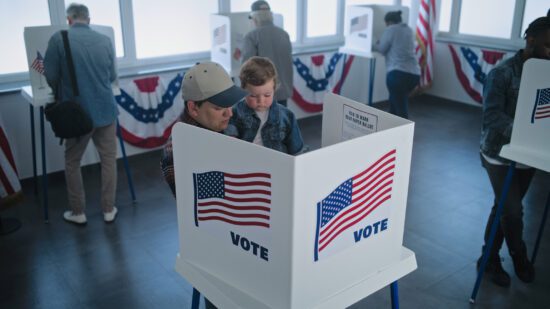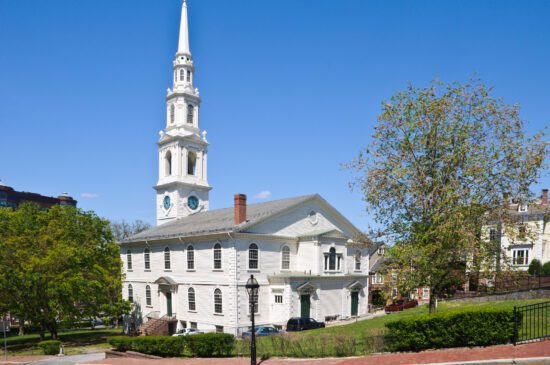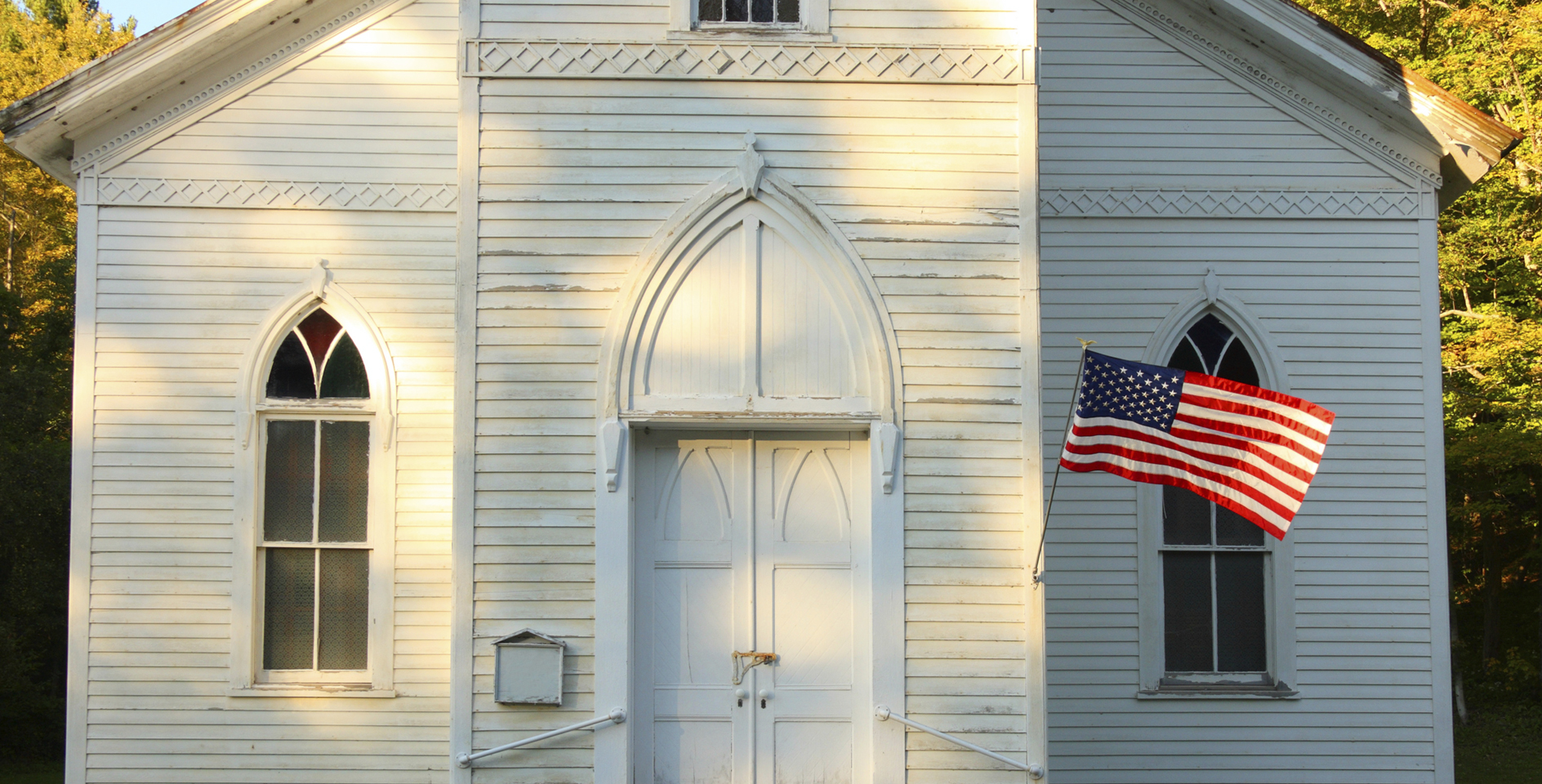In 2016, as in every presidential election year, there was no shortage of writing and descriptions of evangelicalism—from exit polls about the infamous 81% of white evangelicals who voted for then candidate Donald Trump, to those who were choosing to no longer use the term evangelical. As Russell Moore, leader of the Southern Baptist Convention’s (America’s largest evangelical denomination) Ethics & Religious Liberty Commission, said in his own piece on the topic, “the word ‘evangelical’ has become almost meaningless . . .”. For all of those objecting to the term, there was a consensus that whoever was described by outsiders as an evangelical, was not a true evangelical. So who exactly counts in this transnational and trans-denominational movement?
That is the question that guides Thomas Kidd’s Who Is an Evangelical?: The History of a Movement in Crisis. Kidd is the James Vardaman Endowed Professor of History and Associate Director of the Institute for Studies of Religion at Baylor University. He is the author of numerous books on early America and American religion: Benjamin Franklin: The Religious Life of a Founding Father (Yale, 2017), American Colonial History: Clashing Cultures and Faiths (Yale, 2016), and Baptists in America (Oxford, 2015). As both a historian and devout Southern Baptist, Kidd is one of the most qualified individuals to analyze this movement and articulate for those outside just what the “good news” is that evangelicals profess.
Evangelicals: A definition
Kidd begins by offering a definition of evangelicals with three key components: “Evangelicals are born-again Protestants who cherish the Bible as the Word of God and who emphasize a personal relationship with Jesus Christ through the Holy Spirit” (4). Kidd’s definition coincides considerably with the more common definition of evangelicals offered by David Bebbington. According to Bebbington’s definition, evangelicals are defined by Biblicism (the Bible as the Word of God), crucicentrism (Christ’s work on the cross), conversionism (people need to be converted), and activism (the gospel works itself out in the world).
The definitions overlap at the importance of the Bible (Biblicism), the need to be born-again (conversion), and a personal relationship with Christ (crucicentrism). However, Kidd’s definition expands Bebbington’s by foregrounding the work of the Holy Spirit. In fact, Kidd notes that early evangelicals were more likely to describe themselves as “walking” with the Spirit or having a relationship with God through the Holy Spirit than any other way (22-3).
The work of the Holy Spirit in the life of the believer, and the impetus to live in light of the leading of the Spirit, frames the book as Kidd charts this history of evangelicals. Though his book does note the early roots of evangelicalism in Europe and its growth in the third-world, the story focuses primarily on the way in which evangelicals flourished as a movement in the United States. Though it is not uniquely American, it would not have grown as quickly and vibrantly without the cultural milieu of the early American context.
Expanding our idea of who is an evangelical
Kidd’s history of the evangelical movement does much to orient the reader to the major figures and themes throughout. From the growth among Baptists, Methodists, and Presbyterians in the First and Second Great Awakenings, to the work of individuals such as Jonathan Edwards, George Whitefield, Billy Graham, and Carl F.H. Henry, the story of evangelicalism is presented as a vibrant community. However, the strength of the book is not in its overview of these major figures but in the way that it reorients our definition of who counts in this movement. Rather than just focus on the work of George Whitefield, Kidd introduces the reader to Phyllis Wheatley, the first African-American woman to publish a book of poetry and who wrote a poem praising Whitefield. Another figure who receives attention is Fannie Lou Hamer, the civil rights activist who registered voters and fought for equal rights because of her evangelical faith (97-8).
Kidd emphasizes the way in which the future of evangelicalism will be more multiethnic. For example, Latino Protestants, particularly immigrants, are one of the fastest growing segments of evangelicals. The same can be said for immigrants from Asia, sub-Saharan Africa, and Central America. This is especially true given the role that the Pentecostal movement (which Kidd counts as at least evangelical adjacent, if not thoroughly evangelical in its early years), and its growth outside the United States.
Evangelicals and politics
Kidd deals with the portions of the movement which birthed the stereotype of evangelicals as “white Christian Republican voters.” These “Republican insider evangelicals” form a significant portion of the latter half of this history and are emblematic of the crisis that he describes. Members of this subset of evangelicals become an image (and in some regards a caricature) of what it means to be an evangelical in modern America.
In many regards, it is this portion where Kidd’s ability to present the nuances of this movement are on display. Here he is able to articulate the vision behind these figures and their guiding principles, without dismissing the ways in which the movement did tie itself to power. Kidd notes that the same Billy Graham who desegregated his crusades in 1953 at Chattanooga was also the same man who was a staunch defender of Richard Nixon. Later evangelical leaders would court the Republican party even more closely, becoming a reliable voting bloc for the party. Kidd presents the reasons for their allegiance—legislation concerning abortion especially—in terms that avoid presenting them only as craven political operatives. At the same time, white evangelicals’ allegiance (with some notable exceptions) in the 2016 election does cause Kidd to worry that the relationship between politics and religion had proved toxic and that “something had apparently broken in the white evangelical movement.”
The only place where Kidd’s book could have provided more clarity was in the wedding of the evangelical and Pentecostal movement. Kidd notes that there are reasons, theological and sociological, for separating the two, but also admits that this is true more in the 20th century than previous years, with the Azusa Street Revival of Los Angeles in 1906 marking the beginning of the modern Pentecostal movement (6). Because Kidd emphasizes the role of the Holy Spirit as a defining characteristic of early evangelicals, the historical divisions between evangelicals and Pentecostals are blurred throughout the book. Thus, a discussion of the evangelical republican insiders features prominent Southern Baptist ministers alongside Paula White (a leader in the Pentecostal/Prosperity Gospel movement), who are said to “have supplied a neatly packaged version of evangelicalism as a cohort of white Fox News-watching Republican voters who consider themselves religious” (154). So while Kidd is willing to seperate at the theoretical level these groups, in practice they are united because of their common cause in political goals.
Reclaiming the term “evangelical”
Though the 2016 election revealed a crisis in the movement and led others to distance themselves from the term, this book is a reminder of all that is good in the history of evangelicalism. There are instances where the movement of good news has capitulated to a culture of brokenness (George Whitefield and his support of chattel slavery being but one example), but there are also instances of resistance and hope (two of the three largest charitable organizations are evangelical: the Salvation Army and the Southern Baptist Convention). Kidd’s book even convinced Russell Moore, who was hesitant to use the term after the election, to say in his endorsement “this book makes me remember why I loved the word ‘evangelical’ in the first place . . .”
I think that there is no higher praise than to remind people that this momentary crisis is no threat to the evangelical movement broadly, and that there is still good news for the world and a people to proclaim it, even if those carrying the message look more like sub-Saharan immigrants or Hispanic mothers in storefront churches than Billy Graham and Jerry Falwell.










